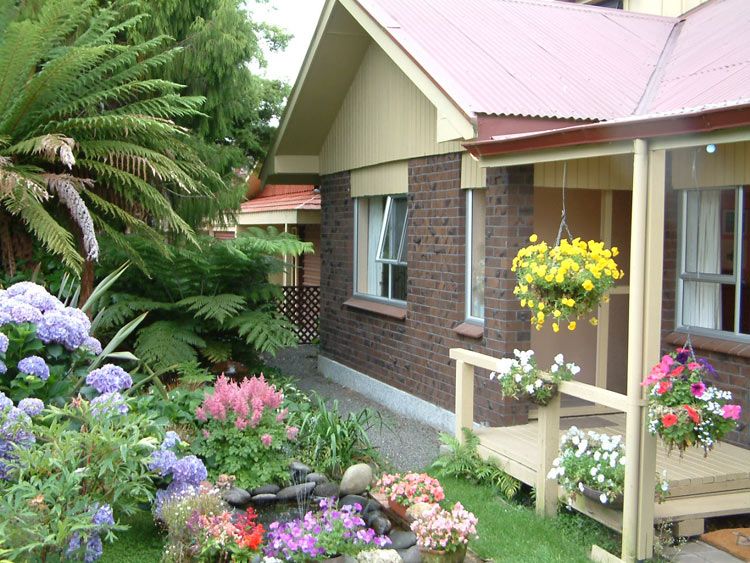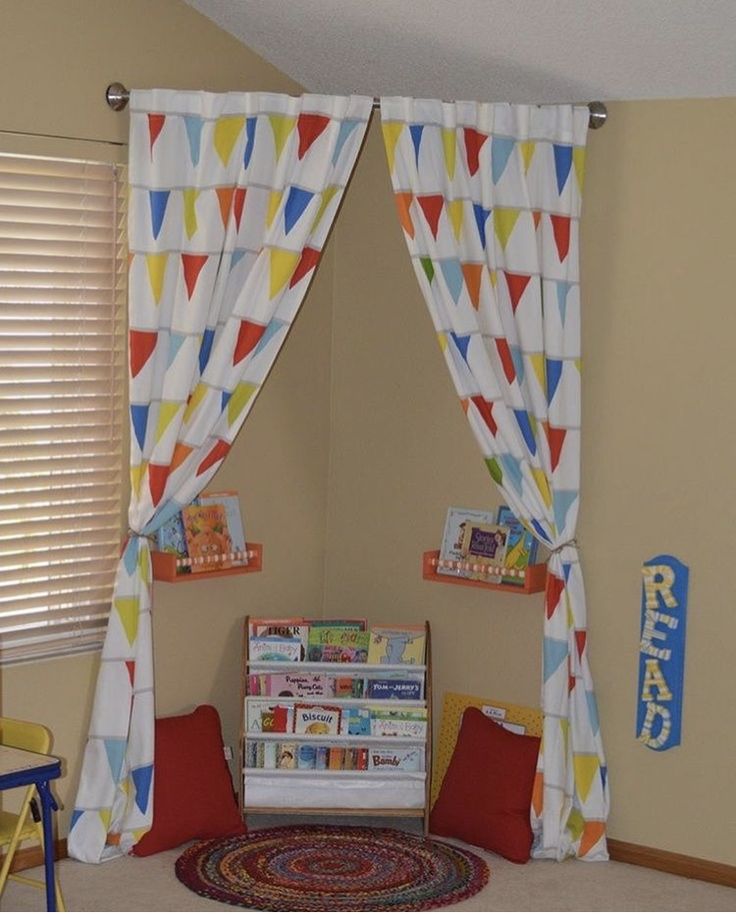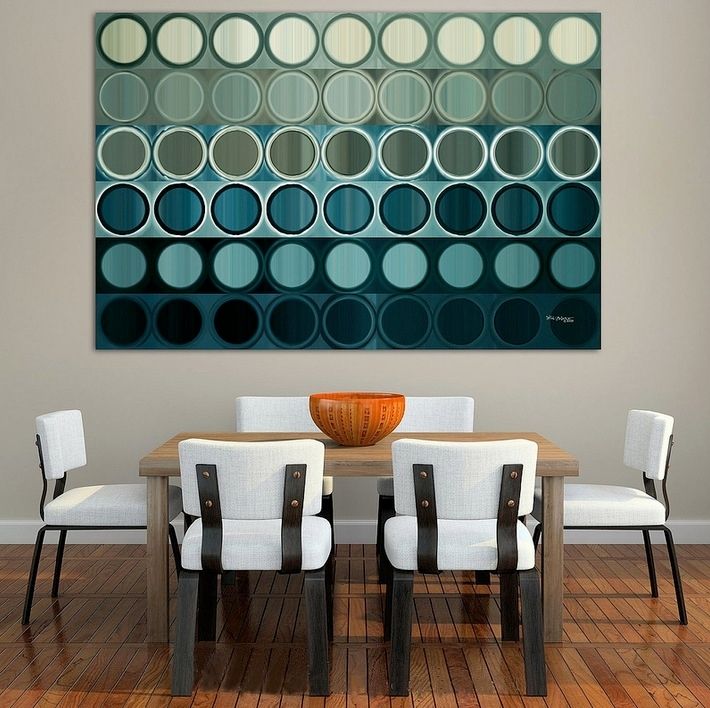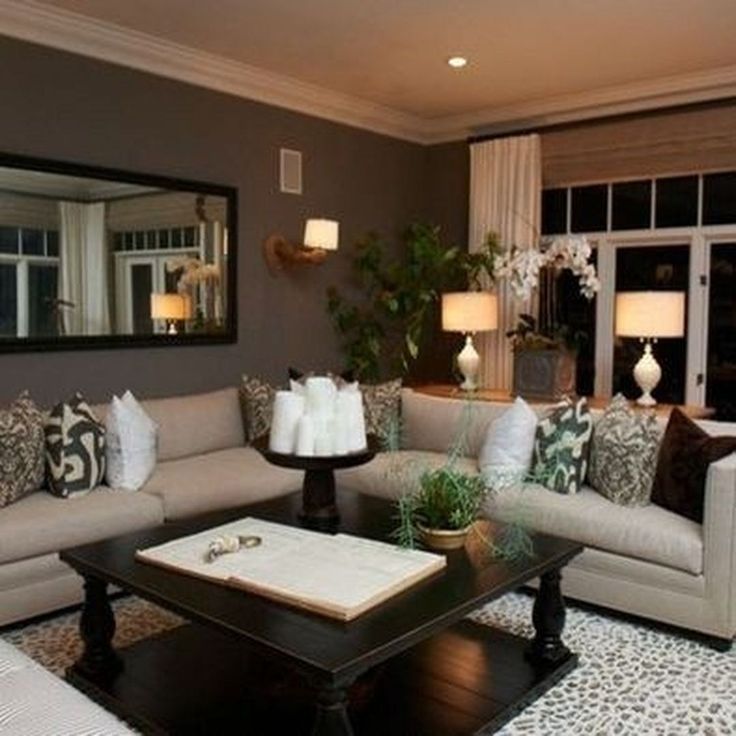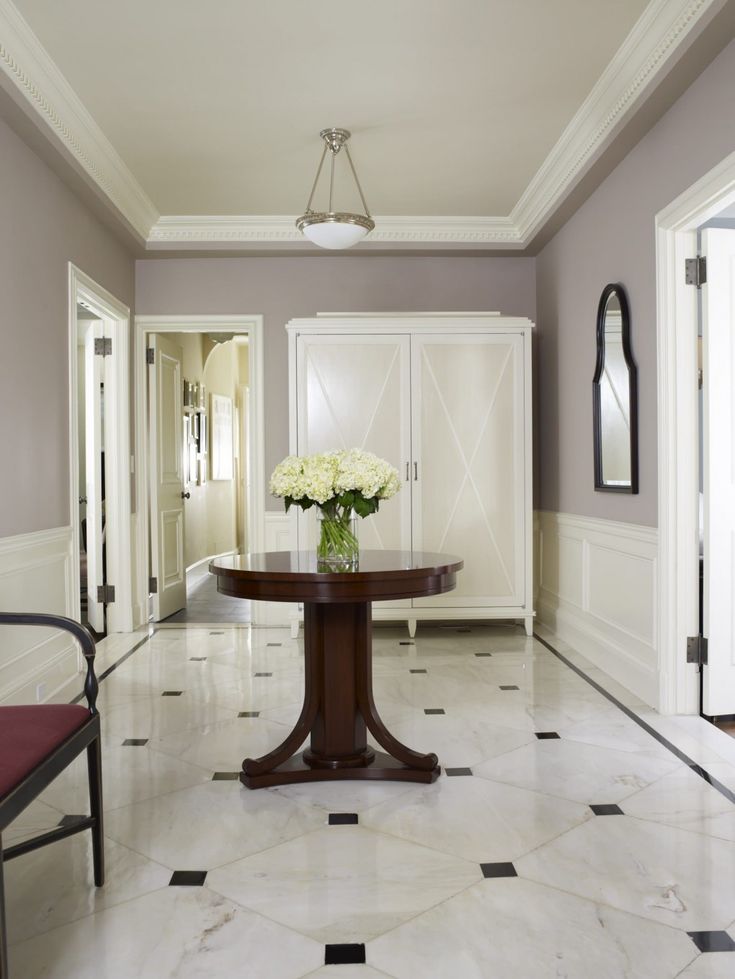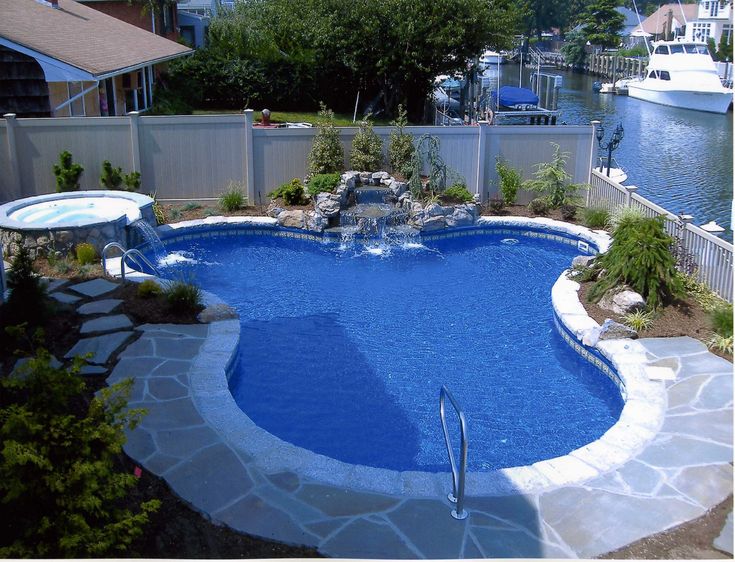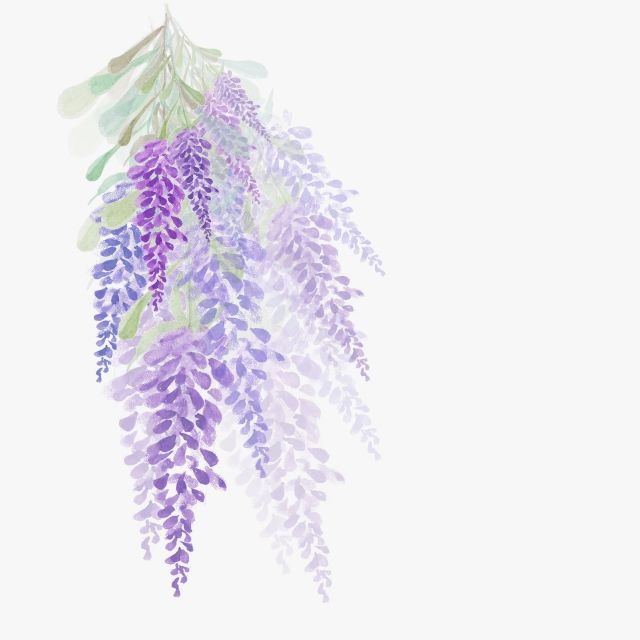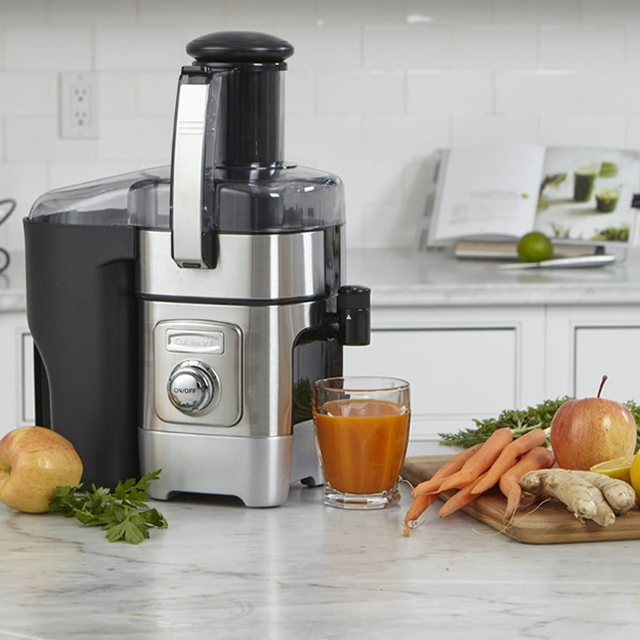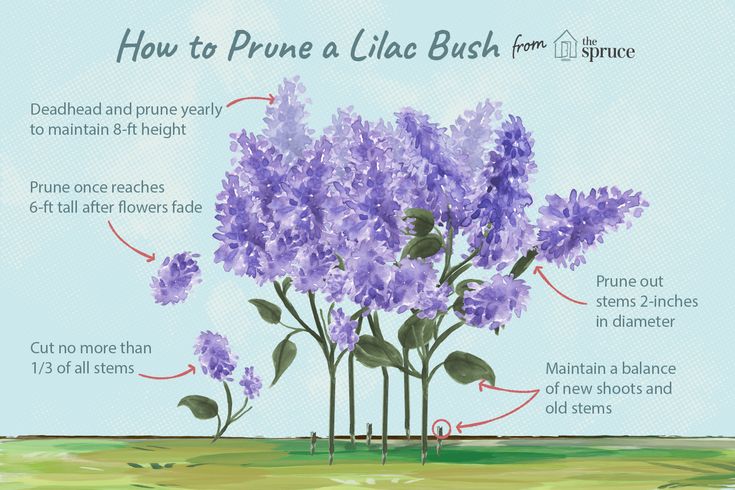Flowers in front of the house
11 Best Plants for the Front of Your House
Home is where the heart is. A lovely front-yard full of greenery, flowers, and shrubs is the perfect way to let the love you have for your home spill out into the outdoors.
One of the simplest ways to make the front of your home inviting, elegant and charming is through a lovely garden complete with a multi-level plantscape. There is something timeless about the greenery and blooms that grow in the junction of the home and yard.
Whether you’re looking to instantly boost curb appeal, add bursts of color, or simply love to come home to a home flourishing with plants, check out these 11 lovely plant options for your front-yard landscape.
Hydrangea
Probably the ultimate front-of-home power bloomer, there are few plants that give the “bloom for the buck” that the stunning hydrangea bush does. Hydrangeas are incredibly popular and bloom in a cheerful variety of colors such as pink, purple, and light blue, with the color’s shade and intensity level varying depending on the soil’s pH level.
Hydrangea bushes will thrive in rich, moist soil in a place where they can experience morning sunshine. They grow best in hardiness zones 3 through 9.
Azalea
These lovely, highly popular flowering shrubs produce incredibly bright blankets of flower clusters in shades of pink, fuchsia, red, and white. Azaleas are a prized symbol of femininity and joy. They are very fragrant and look lovely against any shade of home trim. Azaleas will typically do very well in growing zones 5 through 9 in planting areas that don’t receive harsh winds.
Deutzia
Also known as Chardonnay Pearls, this lovely shrub is sprinkled with delicate buds that flower in the spring into a small, star-shaped blossom. Chardonnay Pearls are commonly used as a border accent flower and their lime-green leaves look stands out nicely against the more common greens of garden plants. Deutzia will do well when planted in a place it can receive full to partial sun in zones 5 through 7.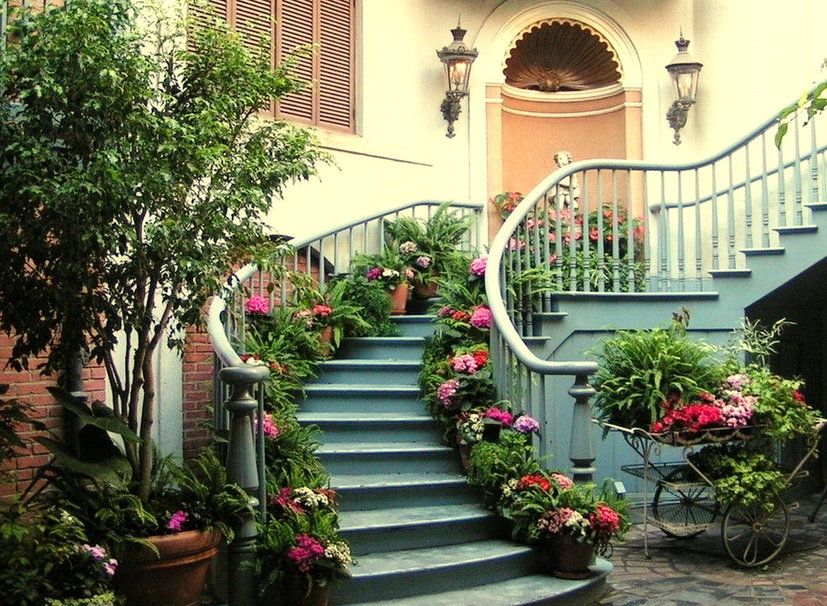
Gardenia
Gardenias are prized for their exceptional fragrance, making them a perfect front choice to be nestled under a window in the front of your house. The creamy white flowers are incredibly elegant against the dark green, glossy foliage. These subtropical shrubs grow best in the warm weather of zones 8 through 11.
Boxwood
Boxwood shrubs are incredibly popular front-of-home plants, especially when juxtaposed against a brick border or the brick of the home’s entryway. They are prized for their straight lines and are also able to easily be pruned into geometric styles or simply kept in the traditional cottage style. They grow slowly and will do well in zones 5 through 9.
Bottlebrush
The bottlebrush shrub is very commonly used as an accent in gardens in the front of these low-maintenance shrubs grow in almost any type of soil and thrive with full sun exposure. The bottlebrush shrub is native to Australia and is commonly seen in the desert, growing well in zones 8 through 11.
Pittosporum Tenuifolium
This small evergreen tree goes by many names such as black matipo and kōhūhū. It is peppered with miniature flowers in a deep reddish-purple color. While the flowers usually go unnoticed, their scent certainly does not, with fragrance being emitted only at night. It grows in hardiness zones 4 through 9 and needs nearly full sun to thrive.
Rhododendron
Rhododendrons are a mainstay of garden décor for the front of the home or a front yard accent, their beauty never goes out of style. They have large, flashy blooms and their green leaves typically stay throughout the winter months.
Their flowers are shaped like funnels or bells and are colored in shades of purple, yellow, red, orange, and white. Most rhododendrons will grow and bloom well in zones 4 through 8.
Japanese Pieris
Also known as the lily-of-the-valley shrub this plant is a showstopper for the front of the home due to the fact that its blooms change color as the seasons change. These ever-changing bell-like petals hang above glossy, deep green leaves that give an elegant appearance to the front garden of any house. Pieris grow best in hardiness zones 5 through 9 when planted in well-drained soil that is rich in content and has an acidic pH level. They also prefer partial or full shade.
These ever-changing bell-like petals hang above glossy, deep green leaves that give an elegant appearance to the front garden of any house. Pieris grow best in hardiness zones 5 through 9 when planted in well-drained soil that is rich in content and has an acidic pH level. They also prefer partial or full shade.
Knockout Rose
Known for show-stopping red or pink blooms, these rose bushes are an incredibly flashy accent for the front of the home. They are popular because they require minimal care while blooming repeatedly through the spring and summer seasons. Knockout roses grow best in full sun in hardiness zones 5 through 11.
Geranium
Geraniums are very popular front garden bedding plants that bloom in shades of white, pink, and red. Geraniums are commonly dug up as the colder weather approaches and potted indoors, making them a lovely in-home accent that can be re-planted in the spring. Geraniums prefer warmer weather and grow best in zones 10 through 11.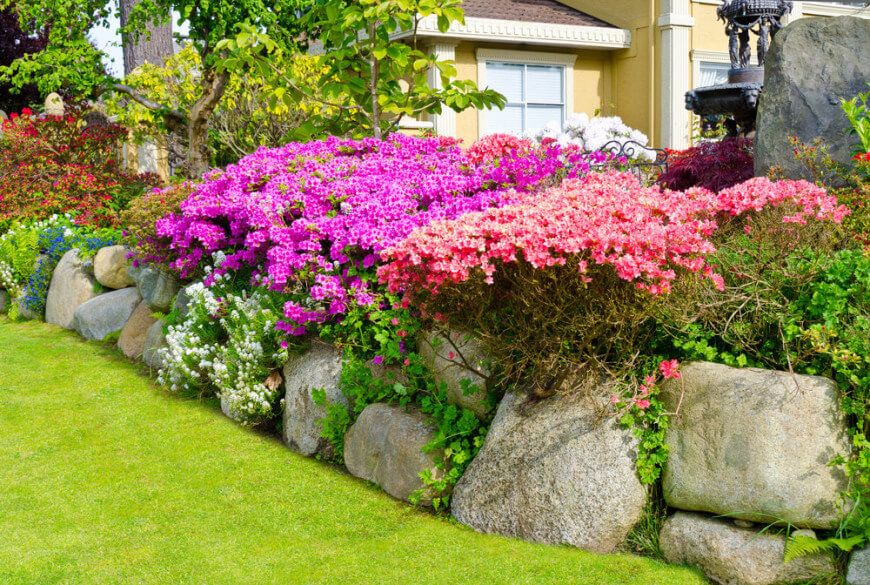
report this ad
More From Garden Lovers Club
Flower Bed Ideas for the Front of Your House
Are you looking for front yard flower bed ideas? Then look no further! These 10 top ideas will give your home instant curb appeal.
Every editorial product is independently selected, though we may be compensated or receive an affiliate commission if you buy something through our links. Ratings and prices are accurate and items are in stock as of time of publication.
1 / 10
Jorge Salcedo/Shutterstock
English Country Garden
What could be more breathtaking for flower bed ideas front yard than a quintessentially English country garden? Use traditional cottage garden plants like speedwell (Veronica), catmint and forget-me-nots. And be sure to include some classic English roses, too.
Place taller plants at the back, with lower growing species in the front, and you’ll have the perfect front yard garden bed against a picket fence.
2 / 10
Jeanie333/Shutterstock
Pots & Planters
If your front yard garden space is limited, then pots and planters are a great way to display your annual and perennial flower to the world. Pots and planters are easy to maintain, although of course, they do need regular watering. Help water retention by using good quality compost and water retaining crystals, or go the whole way with self-watering planters.
3 / 10
Artazum/Shutterstock
Superb Shrubs
If you’re looking for low maintenance flower bed ideas for front yard, then shrubs can be a fabulous choice. There’s a mind-blowing range of shrubs to choose from, including many evergreen varieties for year-round interest.
Many shrubs also have flowers, so choose a range of shrubs to provide a display all year, such as witch-hazel, dogwood and cotinus (smoke tree) for winter interest, and camellias, azaleas and rhododendrons for spring.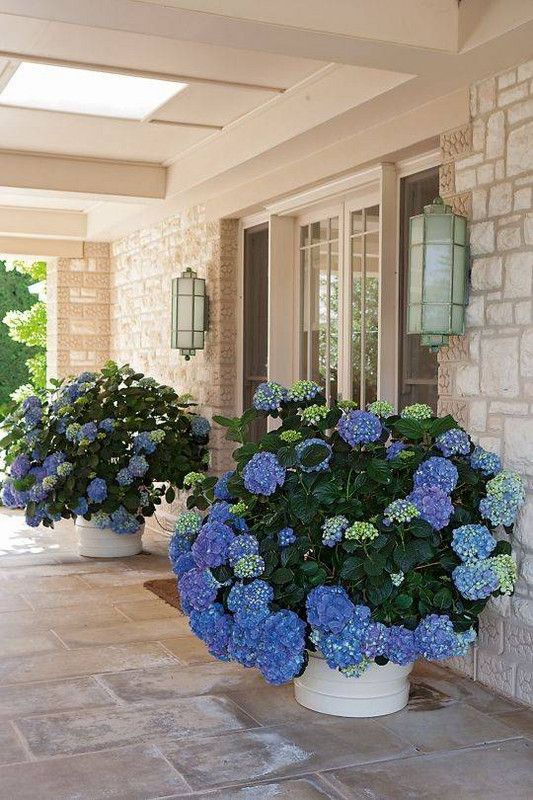 If you want low-maintenance front yard flower beds with blooms, you can always underplant the shrubs with spring bulbs or summer annuals.
If you want low-maintenance front yard flower beds with blooms, you can always underplant the shrubs with spring bulbs or summer annuals.
4 / 10
Del Boy/Shutterstock
Eye-Catching Flower Wall
For immediate eye-catching impact, a stunning flower wall is hard to beat. One of the simplest ways to add curb appeal to your home, a flower wall can hang on an exterior wall or a front fence with equal effect.
Hanging varieties of plants are the best choices for a flower wall, such as lobelia, trailing fuchsia, bacopa or nasturtium, because the trailing plants will mask any supports, like a trellis or post. Alternatively, make a feature of the planters and use succulents for textured interest.
5 / 10
Karneichyk Yauheni/Shutterstock
Raised, Tiered Beds
Raised, tiered flower beds are one of the best flower bed ideas for the front yard.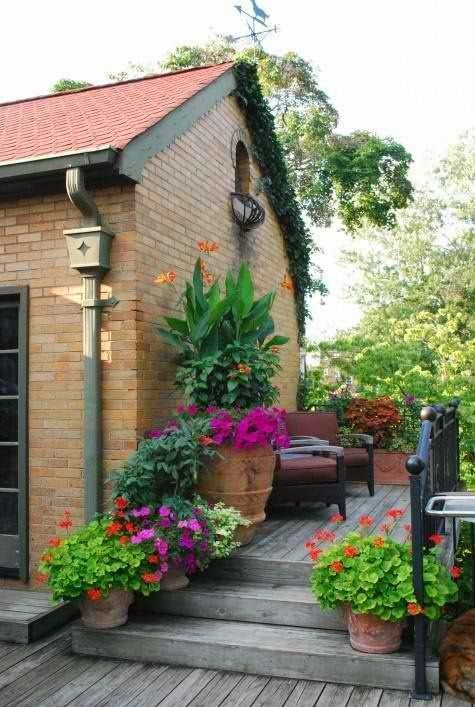 They’re space-saving, provide an interesting focal point and are easy to maintain. Wooden raised beds can be tiered, making them easier to reach for gardeners with mobility issues. Almost any style of planting looks good in raised beds, from formal bulb flower beds, to shrubs and specimen trees, to summer annuals. Plants can stand to attention to emphasize height or tumble over the edges for a softer look.
They’re space-saving, provide an interesting focal point and are easy to maintain. Wooden raised beds can be tiered, making them easier to reach for gardeners with mobility issues. Almost any style of planting looks good in raised beds, from formal bulb flower beds, to shrubs and specimen trees, to summer annuals. Plants can stand to attention to emphasize height or tumble over the edges for a softer look.
6 / 10
Simone Hogan/Shutterstock
Drought-Tolerant Plants
If your house front basks in the full sun, you’ll want to choose a front yard flower bed idea using drought-tolerant plants. By choosing your varieties carefully, you can still have superb front yard flower beds. Taller plants, like pampas grass, bird of paradise flowers (strelitzia), aloes and euphorbias, can provide color, texture and structure, while lower-growing alpines and succulents can fill in the gaps with some striking pops of color when they come into flower.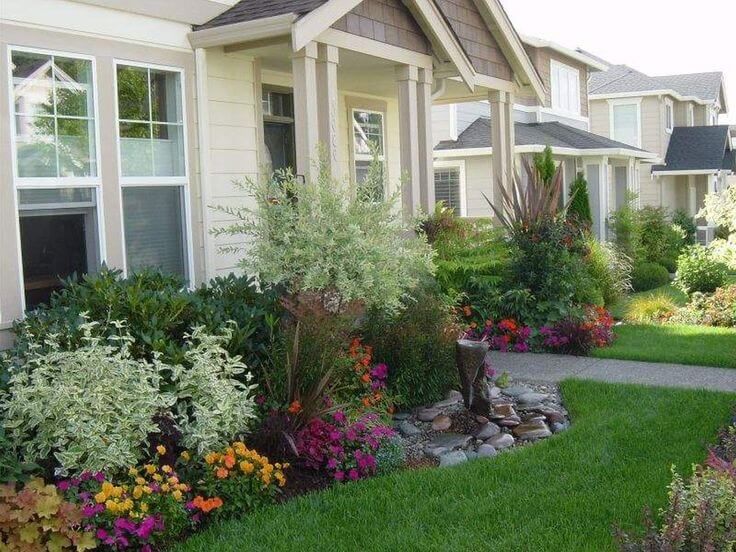
7 / 10
SingjaiStock/Shutterstock
Cool Contemporary with a Splash of Color
Sometimes less is more, and simple flower bed ideas for front yard can work especially well for contemporary styling. Often these planting schemes are more about interesting structure than about a riot of color, so keep the palette limited, such as using evergreen shrubs with one eye-catching injection of color. Close-cut hedging, such as a trimmed boxwood hedge, teamed with imposing yuccas and garden palms, give the flower bed structural interest, while colorful shrubs like cordyline and pieris add a splash of vibrancy.
8 / 10
rawmn/Shutterstock
Raised Stone Beds
For a truly beautiful backdrop to a manicured lawn, natural or manufactured stone raised flower beds are hard to beat. As well as the beauty of the stone, you can also create undulating lines to edge your front yard flower beds.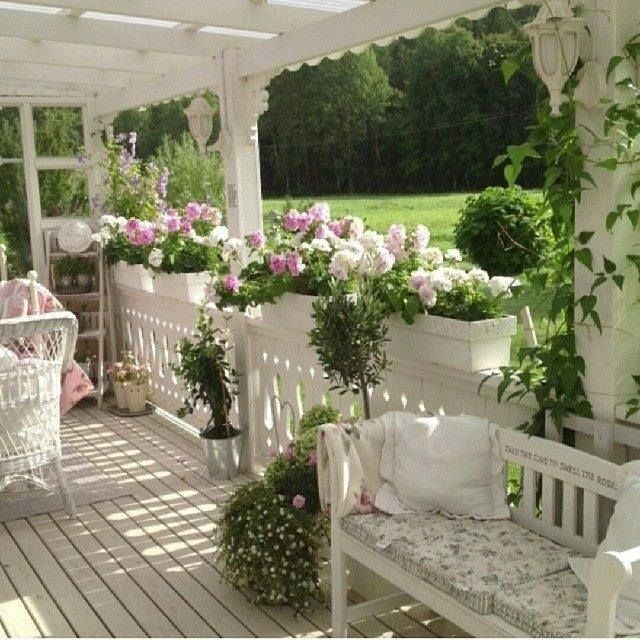 Again, dense hedging can be used for background structure, while flowering shrubs and roses can bloom happily in front.
Again, dense hedging can be used for background structure, while flowering shrubs and roses can bloom happily in front.
At the front, a carpet of spring-flowering bulbs can give way to colorful summer bedding so your flower beds always look superb.
9 / 10
Yuiy Chertok/Shutterstock
Hanging Baskets
Another great option for your front yard flower ideas is to use hanging baskets. Whether you opt for impact with multiple hanging planters, or making a bold statement with a couple of outstanding focal hanging baskets, the possibilities are endless.
There are dozens of gorgeous trailing plants to choose from. Mix and match for variety, choose one plant for a harmonious look, or go completely unconventional with trailing tomatoes. If you have space, then why not mirror your hanging basket plantings with a few ground planters and pots as well?
10 / 10
Cheryl Lee-White/Shutterstock
Unique and Unusual Planters
And last but not least, to give some unique ambiance to your front yard flowers, consider a planting idea that’s a bit wild and wacky.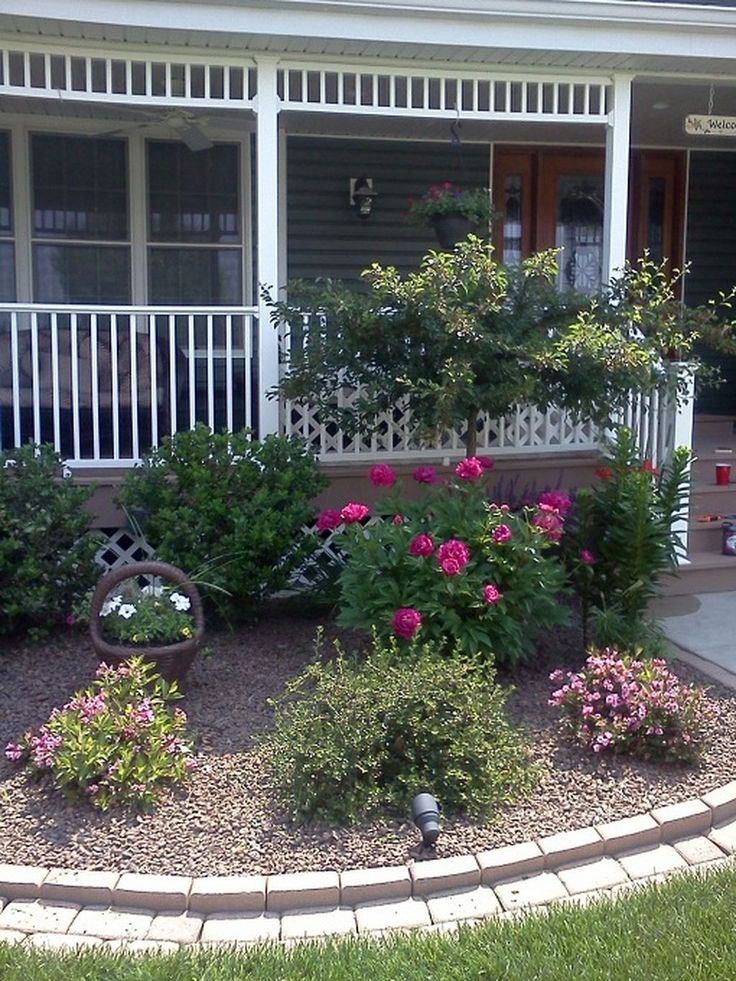 A vintage bicycle hung with flower planters, is a great way to attract the right sort of attention, while a planted wheelbarrow, rowboat or baby’s pram will also add some unusual curb appeal. A wheelbarrow can also make a fantastic planter, and could even be moved around from spot to spot. A row of boots full of trailing succulents will raise a smile, as will a fence hung with old blue jeans planted up with flowers.
A vintage bicycle hung with flower planters, is a great way to attract the right sort of attention, while a planted wheelbarrow, rowboat or baby’s pram will also add some unusual curb appeal. A wheelbarrow can also make a fantastic planter, and could even be moved around from spot to spot. A row of boots full of trailing succulents will raise a smile, as will a fence hung with old blue jeans planted up with flowers.
Originally Published: May 28, 2019
Elizabeth Manneh
Elizabeth is an experienced freelance writer, specializing mainly in digital health & transformation, health & wellness, and education & learning. She's been published on ReadersDigest.com, Paysa.com, The Family Handyman, Huffington Post, Thrive Global, and The Good Men Project. She was also a regular contributor to Love Live Health and Daily Home Remedy. Elizabeth is a retired primary school principal and education consultant, with a continuing passion for education and learning.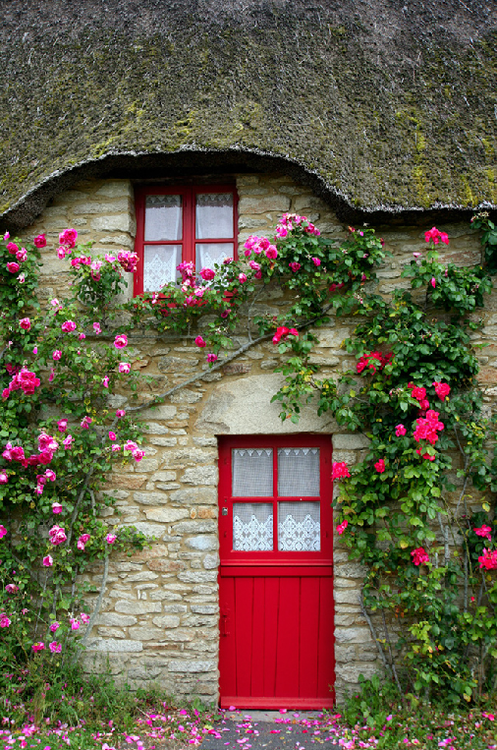
layout, design, plant selection and interesting ideas
A small plot of land between the facade and the fence can tell a lot about the owners of the house. If the yard is not fenced with a high fence and is open to the eyes of neighbors and passers-by, the design of the front garden is treated with great scrupulousness. Traditionally, the most beautiful plants are planted in it, interesting flower arrangements are created with garden figures, ponds, stones or other interesting landscape details.
Contents
What to consider when planning a front garden
The arrangement of any piece of land requires a systematic approach. It is impossible in a fit of desire to buy the first plants you like, randomly plant them and expect a satisfying result. In the design of the front garden, it is important to consider at least 3 determining factors. They are a hint in what and where to plant.
What to consider when choosing plants for the front garden:
- Plant habit.
 With a lack of space, the spreading crown of trees and shrubs will take up too much space, branches can reach the window and knock on the glass in strong winds;
With a lack of space, the spreading crown of trees and shrubs will take up too much space, branches can reach the window and knock on the glass in strong winds; - How much time will be allocated for front garden maintenance . Capricious plant species require more attention, while unpretentious ones are content with minimal care;
- Orientation to the cardinal direction. Sun-loving plants are planted on the sunny side, shade-tolerant plants in the shade.
Shade garden plants: hostas, ferns, etc.
Material costs are also an important aspect. High-quality planting material is not cheap and it is not always possible to buy everything planned at once. In this case, you can fill the front garden gradually, over several years. Temporarily empty places in this case are sown with annual flowers.
Violas in different colors They do not form a strong root system, so they are easy to get rid of when it's time to plant something more substantial.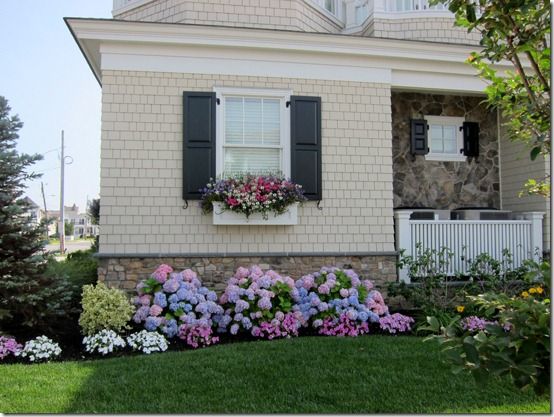 Seeds collected from annuals are used to create mixed flower beds.
Seeds collected from annuals are used to create mixed flower beds.
Subtleties in the design of the front garden
It is believed that the design of the front garden should have something in common with the exterior of the house. This is true, they can be kept in the same style if the owners set out to create a certain image on their site. For example, if the architecture of the house has strict geometric lines, then the space in front of the house should not be overfilled with unnecessary details either. A path made of paving slabs, a mowed lawn, standard trees, topiary from conifers - this is enough for a front garden in a modern style.
A more colorful flower garden looks harmoniously against the background of a house made of logs. Depending on the availability of free space, here you can plant berries, ornamental shrubs, break a mixborder.
Rockery near the house with conifers and hydrangeaTips for creating a landscape around the house:
- The gable of the house with a majestic exterior does not need to be obscured by lush vegetation.
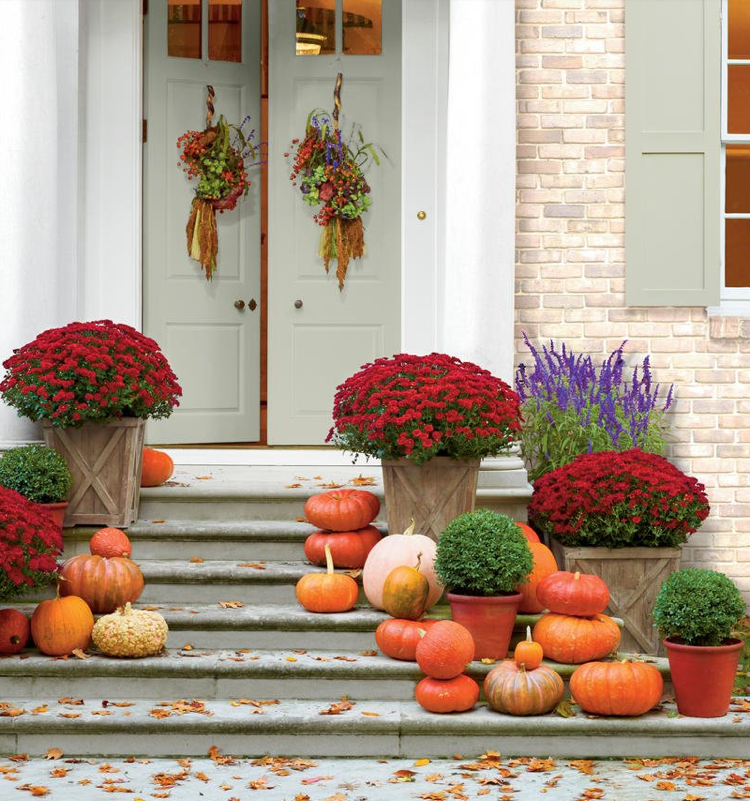 It should emphasize the beauty of the structure, and not overshadow it;
It should emphasize the beauty of the structure, and not overshadow it; - If there is a very narrow space between the fence and the house, the flower garden can be laid out behind the fence;
- It is not recommended to create an exquisite landscape near a house with an unremarkable design. He only focuses on the prosaic structure. It can be decorated with beautifully flowering (but not exclusive) plants;
- If the fence is not solid (sparse picket fence, forging), it is better that the most favorable viewpoint is from the street, and not from the yard;
- The view of the front garden with a blank fence should be more attractive from the windows of the house.
Plants for the front garden
Vegetation plays a central role in the design of the front garden. Even if it is a small paved area, you still cannot do without plants. They are planted in containers and placed along walls, fences, on the porch, hung on hooks driven into the wall of the house.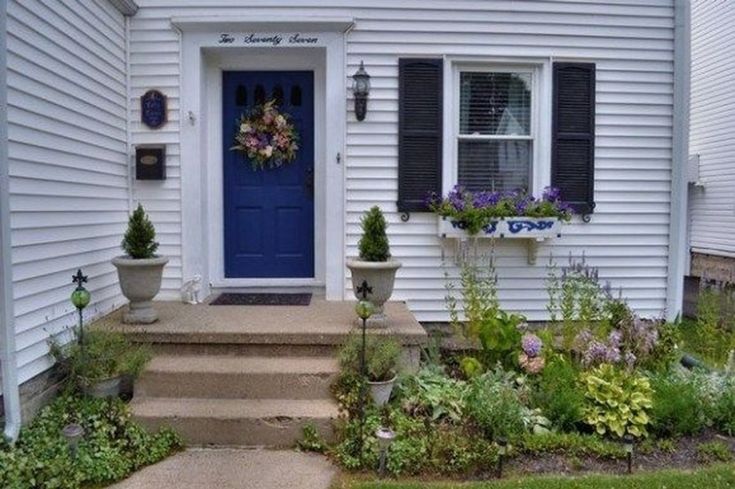
In addition, small windows are made in the paving, in which perennial grasses, annuals and even small shrubs are planted.
Perennials
The main planting type in the front garden is perennials. You can use one type of plant of different varieties, or you can combine different types to create a continuously blooming flower garden.
Which perennials are suitable for the front garden:
Coniferous plants
In front garden landscaping, undersized or creeping forms of junipers, firs, cypress and other evergreens are used.
You should not overload the landscape with conifers too much, as it will lose its expressiveness. Tui and junipers with a regular pyramidal or spherical crown look perfect on a mowed lawn.
You can plant several plants of the same type and complete the composition with a flower border or a small mono-bed of bright annuals.
Of course, if the area of the front garden allows, it is allowed to plant tall coniferous trees, but there should not be many of them.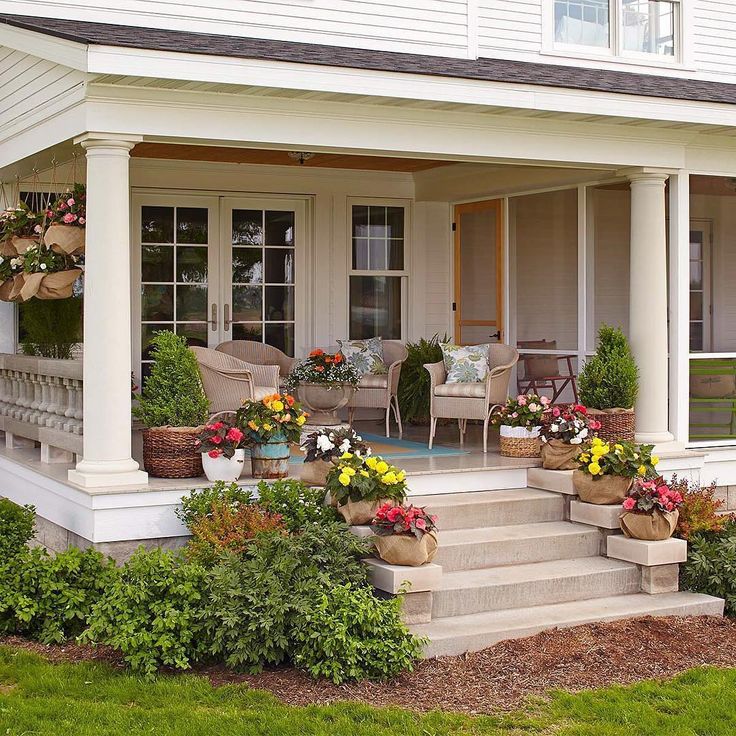
An exception is hedges, where the plants form a dense wall due to being close to each other. But even in this case, it is recommended to use vegetation with a small annual increase.
Slow growing conifers:
- Western thuja Smaragd ;
- Western thuja Globosa ;
- Rock Juniper Blue Arrow ;
- Rock Juniper Skyrocet ;
- Scaly Juniper Blue Carpet;
- Dwarf spruce Glauca Globosa ;
- Dwarf spruce Little Gem .
Ornamental shrubs
Deciduous shrubs are often the basis for the composition in the front garden. They are planted singly or in groups on a green lawn, depending on the habit of the plants and the availability of free space. Also, the green mass of the bushes is an excellent backdrop for perennial and annual flowers. Bushes in the background are especially often used in mixborders.
Deciduous shrubs for the front garden:
- Thunberg barberry - within the species there is a great variety in leaf color, which are light green, burgundy, and yellow;
- Sumpia - inflorescences are lush voluminous panicles, which is why the plant seems to be shrouded in mist during the flowering period;
- Tamarisk - small scale-like leaves resemble short needles, blooms with pink elongated inflorescences collected in panicles;
- Euonymus - variegated subspecies are especially spectacular.
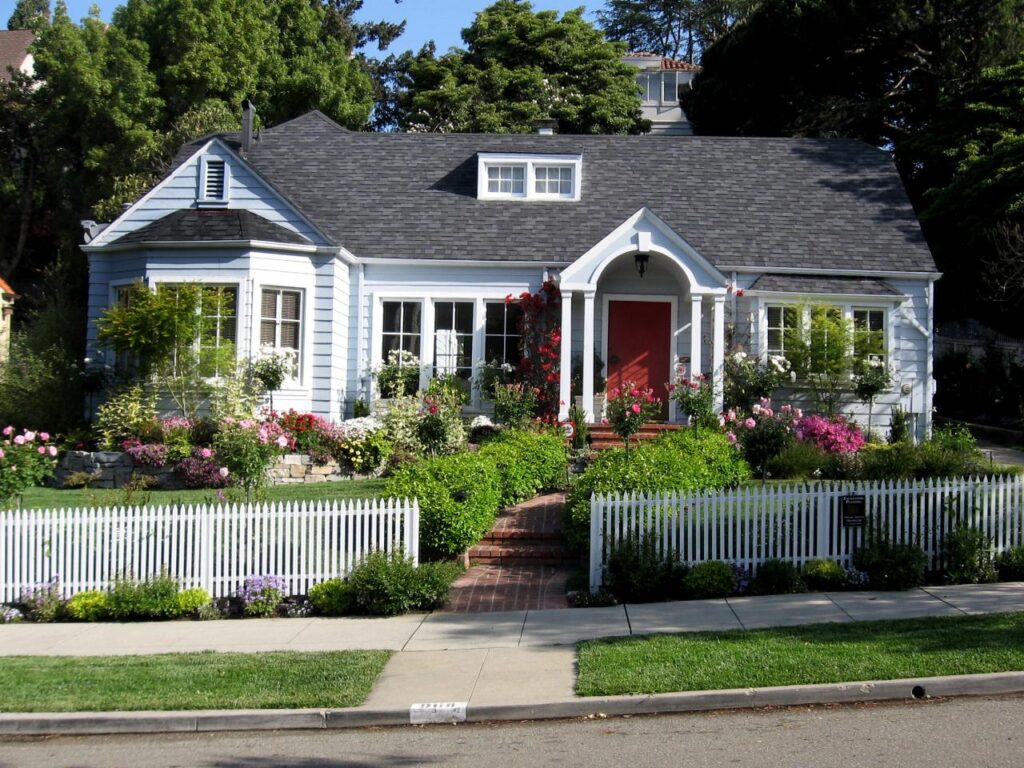
Shrubs are often used for hedges. If the hedge will be sheared, it is better to plant privet , snowberry , mock orange and other species with a dense crown. They grow rapidly and create a solid wall impervious to wind and road dust.
Privet HedgeEvergreens
Plants with perennial foliage can be used to create interesting summer and winter arrangements. Green leaves sprinkled with snow look unusual holly mahonia and holly .
Holly mahonia in winterLow bushes Potentilla are suitable for creating a colorful border along the path. From late spring to mid-summer, it blooms with bright yellow flowers with shiny petals, and the rest of the time it does not lose its attractiveness thanks to small evergreen leaves.
Curtains of rockrose are interesting, which does not shed its leaves in winter, provided that it is provided with abundant watering in summer.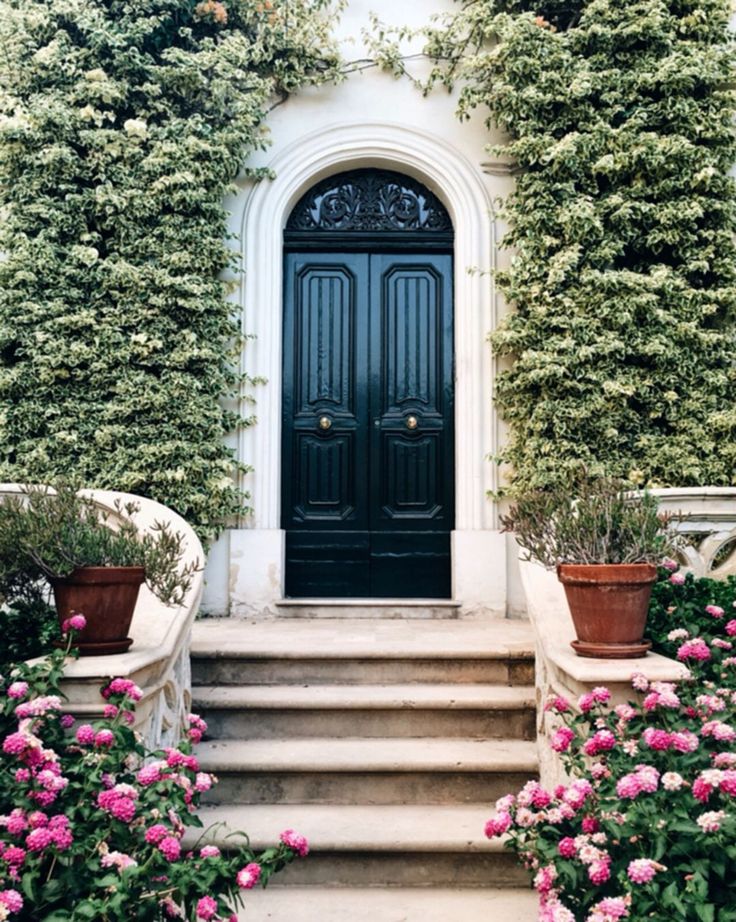 Don't Forget About boxwood , a hardy shrub that looks like a miniature tree. From winter-green ground cover plants, chistets and periwinkles can be used.
Don't Forget About boxwood , a hardy shrub that looks like a miniature tree. From winter-green ground cover plants, chistets and periwinkles can be used.
Important. In winter, it is not necessary to rely on the decorativeness of ground cover evergreens, since they are still hidden under the snow. Their main value lies in the fact that in early spring, immediately after the snow melts, the picturesque green curtains of these plants appear first.
Annual flowers
A strong feature of annuals is the brightness of colors and the splendor of flowering. When used correctly, they are able to show themselves from an unexpected side. They are used in combination with perennials, conifers, shrubs and other vegetation. Almost no flower bed can do without annuals, they are planted in borders, discounts, mixborders, on alpine slides.
The most popular annual flowers are zinnia, petunia, tagetes, snapdragon, ageratum, salvia, celosia, Chinese aster, alyssum, bordered spurge.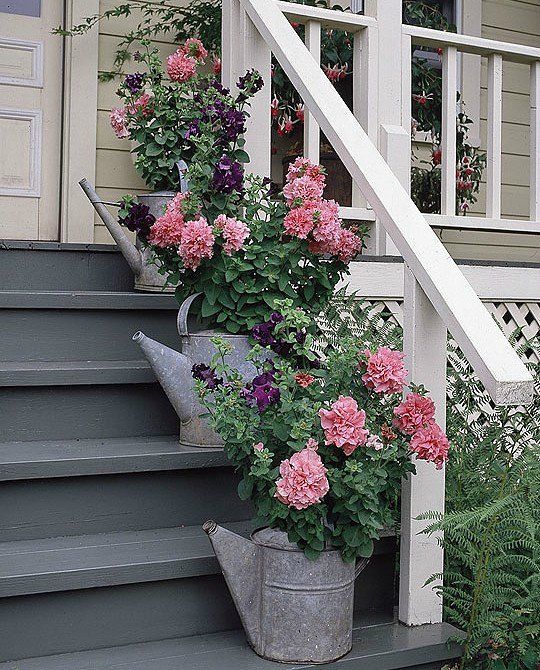 If you need to create an atmosphere of exoticism, this task is easy to do by sowing seeds of statice, cineraria, gazania, ornamental cabbage, castor bean and, of course, cochia broom in the front garden.
If you need to create an atmosphere of exoticism, this task is easy to do by sowing seeds of statice, cineraria, gazania, ornamental cabbage, castor bean and, of course, cochia broom in the front garden.
Grasses
Ornamental grasses help create a front garden with a landscape close to natural conditions. They are planted in small curtains on the lawn, in flowerpots, used to fill the space in the mixborder.
Front garden herbs:
- Blue fescue ;
- Mane barley ;
- Miscanthus ;
- Shaggy chamois ;
- Lagurus (haretail) .
cortaderia or pampas grass stand out for their expressive appearance. Tall stems of sprawling rosettes are crowned with stunning fluffy inflorescences.
ofiopogon is also highly decorative. Depending on the variety, its linear leathery leaves are green, almost black, green with a white or yellow stripe, white with a narrow green stripe.
Cylindrical Imperata will also add a lot of creativity to the front garden design. Its thin tall leaves resemble an artist's brush dipped in red paint. In terms of picturesqueness, Imperata is able to compete with the brightest annuals.
Cylindrical ImperataHow to beautifully arrange flower beds with Fescue - see our video:
How to make a fence
The fence separating the front garden of the road is called the "palisade". Initially, it was a high impregnable palisade, and only a protective function was assigned to it. Over time, the design of the fence improved, its height decreased somewhat, the stakes were replaced by a picket fence, and even began to be decorated with carvings. Modern palisades are very diverse, and all of them can be divided into deaf and open.
Blind fences for the front garden
Such a fence can be installed when the distance from the front of the house to the fence is at least 4 meters .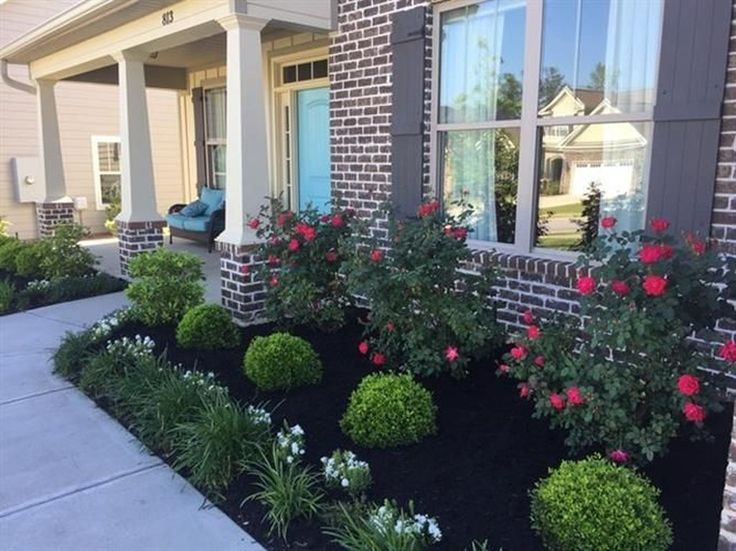 Otherwise, the view from the windows on a solid wall will not please. If the space to the fence is sufficient, it is filled with vegetation that will hide the high fence.
Otherwise, the view from the windows on a solid wall will not please. If the space to the fence is sufficient, it is filled with vegetation that will hide the high fence.
Blind fence can be made of brick, wood, concrete and metal. For a brick fence, a shallow strip foundation is first poured, and already brickwork is carried out on it. So that the wall does not seem monotonous, pillars of brick of a different shade are displayed at an equal distance.
A concrete fence is made according to a similar principle and is lined with brick-like clinker, flagstone, or plastered.
Fences made of corrugated board are mounted on metal poles-supports installed at a distance 2.5 - 3 m from one another . Transverse profiled pipes are attached to the supports from below and from above (can be replaced with a beam), and purlins from a metal profile are already screwed onto them.
A metal fence can also be made on a concrete foundation, and the pipe supports can be overlaid with bricks.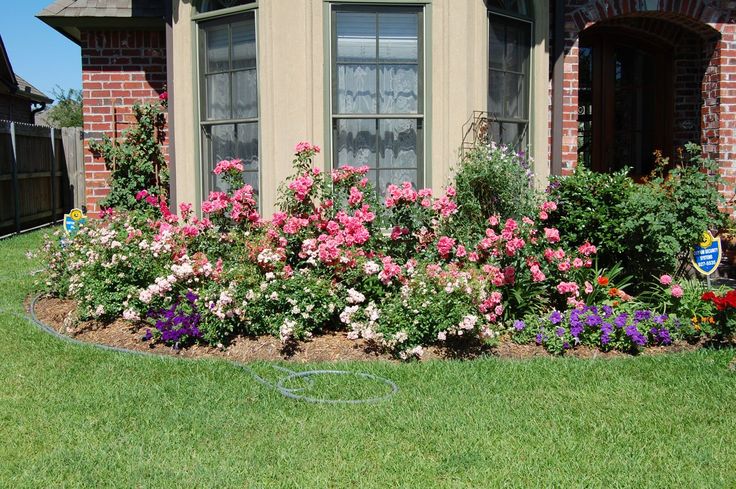 In this case, the transverse strips are first welded to the posts, on which the corrugated board will be attached, and after that the masonry is performed.
In this case, the transverse strips are first welded to the posts, on which the corrugated board will be attached, and after that the masonry is performed.
Wooden fence is structurally quite simple. It is made from planed boards, fitted close to one another. The slab fence looks original. Of course, the material must first be processed: sanded, varnished. You can arrange the boards in the fence vertically, horizontally and even at an angle. Such a fence is ideal for a wooden house, especially when the landscape is created in a rustic style.
Open fences
An open fence obliges the owners of the house to maintain the front garden in perfect condition, as it is always in sight. The easiest fence option is classic wooden fence . It is compatible with any landscape and type of building, but requires regular maintenance: you need to repair damaged parts, once every 2-3 years and cover with paint or varnish.
A good analogue of wood is metal fence .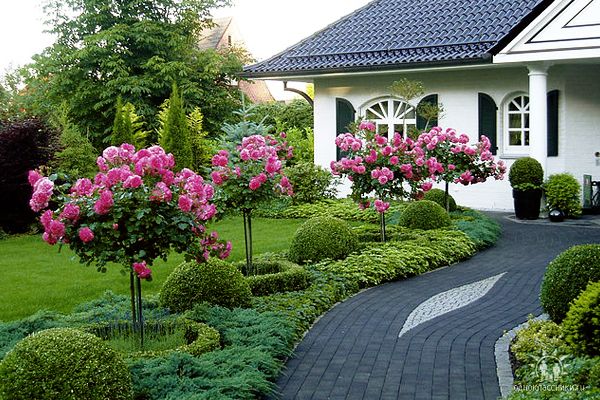 It does not dry out, does not break, and it needs to be painted much less frequently. In appearance, metal slats almost do not differ from wooden ones, so such a fence looks quite aesthetically pleasing.
It does not dry out, does not break, and it needs to be painted much less frequently. In appearance, metal slats almost do not differ from wooden ones, so such a fence looks quite aesthetically pleasing.
Wrought iron railing looks great near a cottage made of brick or stone . It doesn't matter how high it is, because even a high forged fence provides an excellent view from both sides, from the yard to the street, and from the road to the front garden.
Open fences on a brick base are very beautiful. Between the brick columns, spans of picket fence or forged gratings are mounted. The height of the base is made at will, and it happens from half a meter to half the total height of the fence.
If you need to install an open fence, but you want to provide some privacy to the yard, it is better to order a wrought iron fence with polycarbonate. The translucent material transmits light well, but through it it is almost impossible to see what is happening outside the fence.
In addition, it looks quite original and representative.
Open-type fences also include chain-link mesh and welded fences. They are not as aesthetic as wooden and forged ones, but their construction is somewhat cheaper. The lack of a mesh fence is made up for by climbing plants allowed to trail along the fence.
Interesting ideas for a front garden
In a front garden decorated in a classical style, a dominant plant is used, around which the whole composition is built. The basis is bright, colorful plants with a long flowering period ( roses, hydrangeas, begonias ) and the rest of the space is filled with annuals and herbaceous perennials. There are other design techniques for the front garden.
Container garden
The idea came to us from Western Europe and was liked by many gardeners. The vegetation is planted in pots of different sizes, and placed in various places: on the steps of the porch, along the path, near the wall of the house on the shore of an artificial reservoir.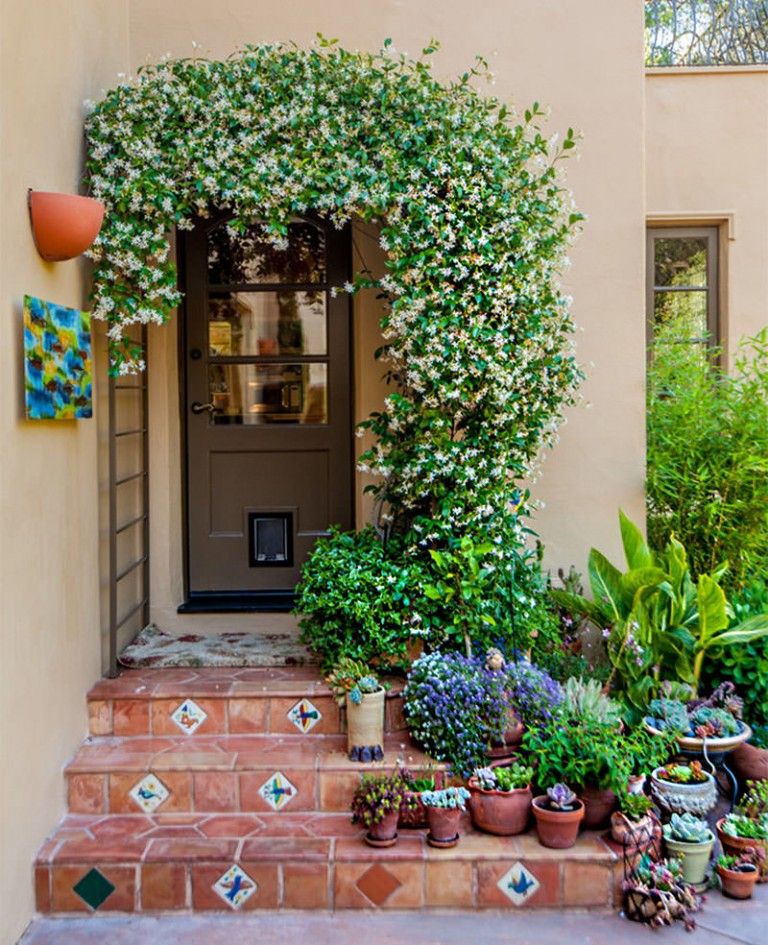 You can create a combined flower garden in which plants in containers are adjacent to plantings in open ground.
You can create a combined flower garden in which plants in containers are adjacent to plantings in open ground.
All plants can be grown in pots: annuals, bulbs, perennials, evergreen shrubs and trees. Instead of pots, any suitable containers are used. For example, wooden boxes, tubs, carts are suitable.
Ponds
The composition with an artificial pond in the front garden deserves attention in any case. The proximity of water favors a special microclimate, thanks to which the plantations look fresher and more attractive. You can also put a bench near the water, fencing it off with a green screen created on a pergola. To enhance the impression of the naturalness of the water landscape, the shore of the reservoir is decorated with stones and moisture-loving plants.
When space is scarce, a miniature reservoir is created from a plastic container. A bath, a large basin or other suitable vessel is dug into the soil, lined with pebbles and filled with water. The picture will be complemented by garden figurines of frogs, ducks and other living creatures that live near the water.
The picture will be complemented by garden figurines of frogs, ducks and other living creatures that live near the water.
Hedge
Few people dare to fence off the estate from the road with a hedge. But it can be arranged behind the fence. If the house is located on a busy street, it will be an excellent screen that does not let dust and exhaust gases into the yard. If a blank fence is built, lush vegetation planted near it will brighten up the dullness of the structure.
White Derain as a hedgeLow, neatly trimmed bushes, used for edging paths, planted along the perimeter of flower beds, along a wide blind area. In this case, the hedge acts as a barrier that keeps the earth from spreading over paving and paving slabs.
Spirea borderThere are many more ideas for front garden design: strict green lawn, multicolored Moorish meadow, rock garden, vertical gardening.
Decorative stones for the garden You can arrange various types of flower beds, create flower arches, build well log cabins and windmills - the main thing is that all the details are combined with each other and leave a pleasant impression.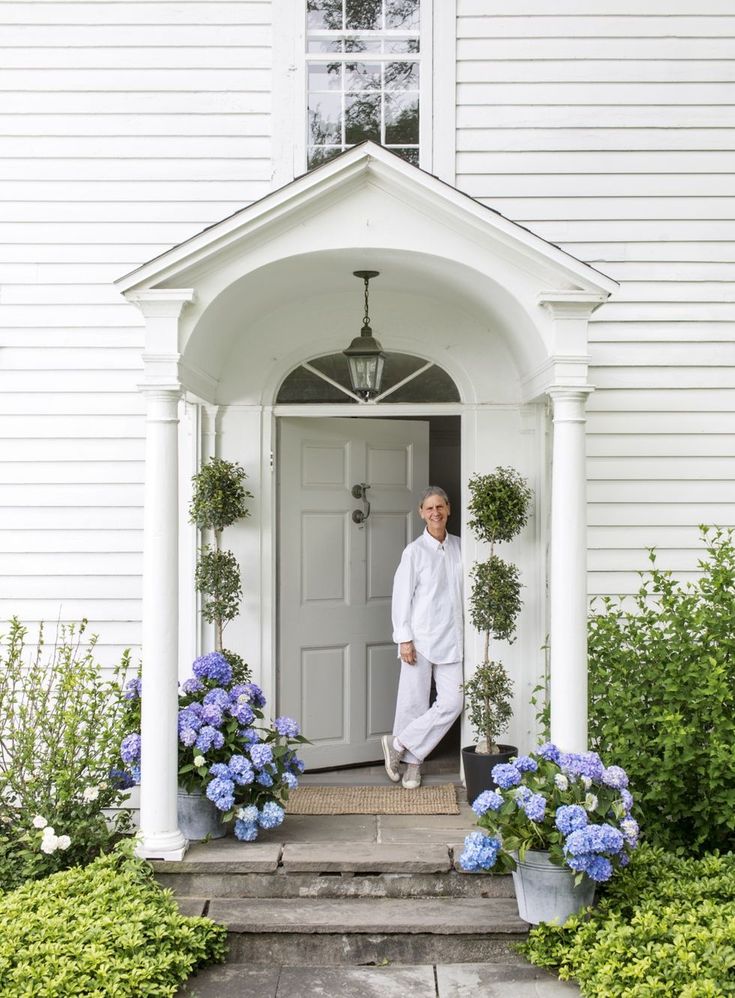
dizlandshafta
Unpretentious and beautiful flowers for the front garden near the house with a description and photo.
The front garden in front of the house is the visiting card of the backyard. A well-groomed flower garden attracts the eyes of passers-by, impresses guests and tells about the tastes and character of the hostess. What flowers to plant in the front garden depends on many factors.
When choosing colors, we primarily rely on our own preferences. Everyone has their favorites: some love phloxes, others do not see a flower garden without roses, and others are crazy about lilies. Since the choice of flowers is purely a matter of taste, there are no clear rules on how to plant flowers in the front garden.
Front garden with roses
The arrangement of the front garden is a creative process, but planning is indispensable here. Before planting flowers, you will have to take into account a few practical points:
- The size of the front garden - it depends on whether the flower garden will be a small flower garden or coniferous and ornamental shrubs will be included in it.
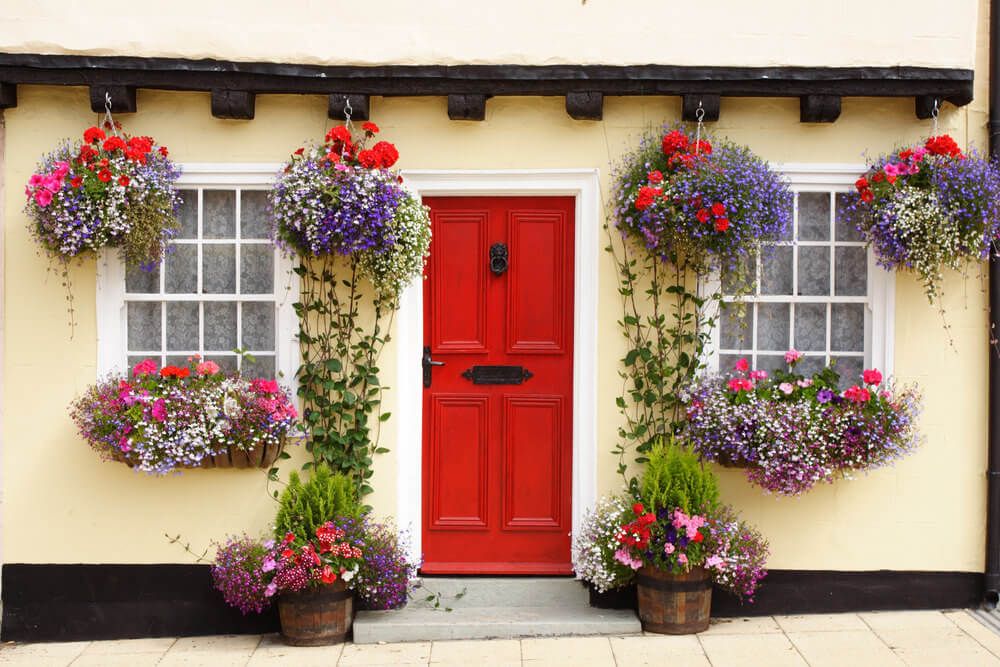
- Overview of the flower garden - it can be one-sided: from the side of the house, if the fence is deaf, or two-sided: from the street and from the site, if the fence is low or not solid (fence, forging, mesh). The arrangement of flowers and ornamental crops, taking into account the layering, depends on the viewpoint.
- Lighting is a determining factor in crop selection. Flowers for the front garden in the sun and in the shade will be completely different.
- Soil and humidity are important points to pay attention to. The soil can be improved: make it more fertile, loose. It is necessary to take into account the acidity of the soil, the choice of plants depends on this. In damp areas with close groundwater, it is necessary to arrange drainage or select plants that love moist soil.
- Budget - the choice of colors directly depends on its size. You can set up a cute little front garden at minimal cost or a chic flower garden, like in a glossy magazine picture, if your budget allows.
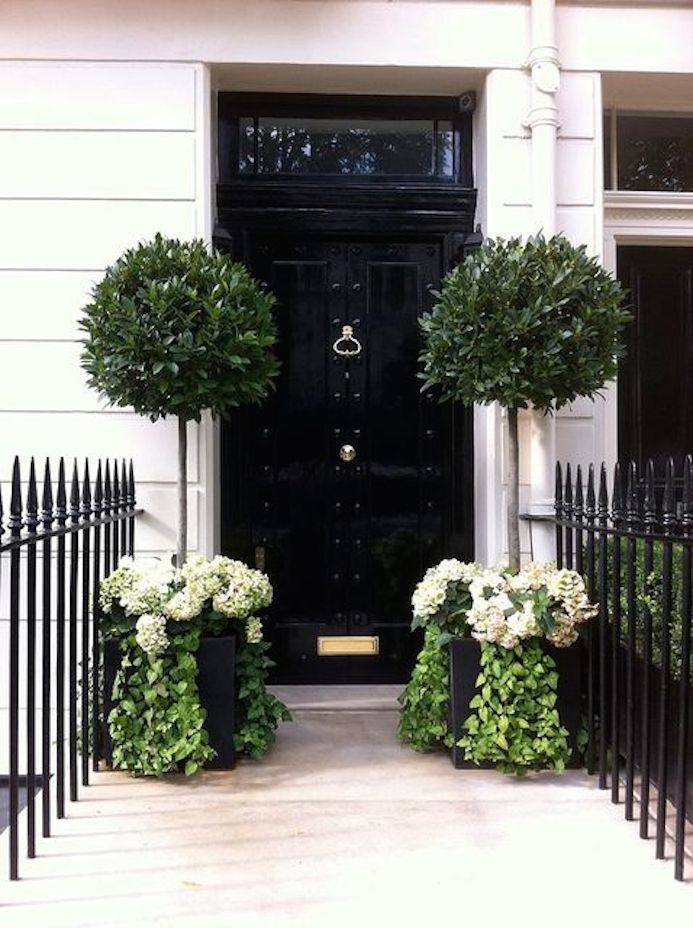
- Time for care - how much time you can devote to caring for flowers depends on the choice of crops. For weekend summer residents and people who are constantly on the site, the list of colors will vary.
Ideally, I would like to get a low-maintenance flower garden that will remain decorative from early spring to late autumn. This is quite realistic, but will require careful selection of crops.
lilies
You should not scatter and try to plant all the known flowers in the front garden in front of the house. For a harmonious composition, 5-7 crops are enough, planted in small groups of 3-5 plants.
Flip through magazines, browse thematic sites, look at various photos of flowers in the front garden to decide which compositions are closer to you: strict front flower beds or romantic landscape flower beds, cold colors of blue or white or cheerful yellow and orange colors.
Another front garden
A white monochrome flower garden will brighten even the most shady corner.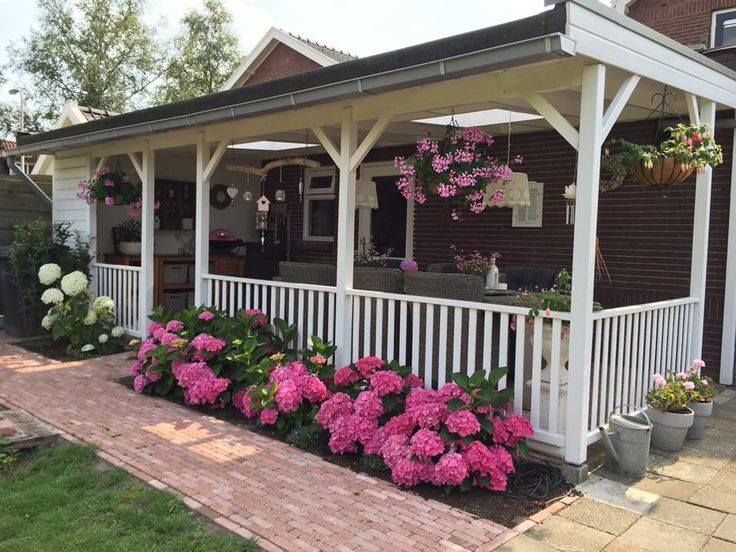 Flowers in blue and purple colors are best planted in the sun, in the shade they will look too gloomy. Pastel colors are good for both sun and partial shade.
Flowers in blue and purple colors are best planted in the sun, in the shade they will look too gloomy. Pastel colors are good for both sun and partial shade.
Bright peonies prefer sunny places
Flowers with bright colors: red, orange, yellow - prefer sunny areas, and so that their colors do not dazzle in the eyes, dilute them with neutral plants with decorative leaves.
Consider the timing of flowering of various crops so that there is always some kind of color spot in the front garden.
Even for a small flower garden, some kind of accent is needed: a bonsai, an ornamental shrub, a support with a liana. They will create the "skeleton" of the flower garden, give it volume. But when planting shrubs and small trees in the front garden, you need to take into account the distance to the windows of the house so that in strong winds the branches do not knock on the glass.
Clematis
In order for the flowers in the front garden to grow with minimal care, it should be based on ornamental shrubs and perennials.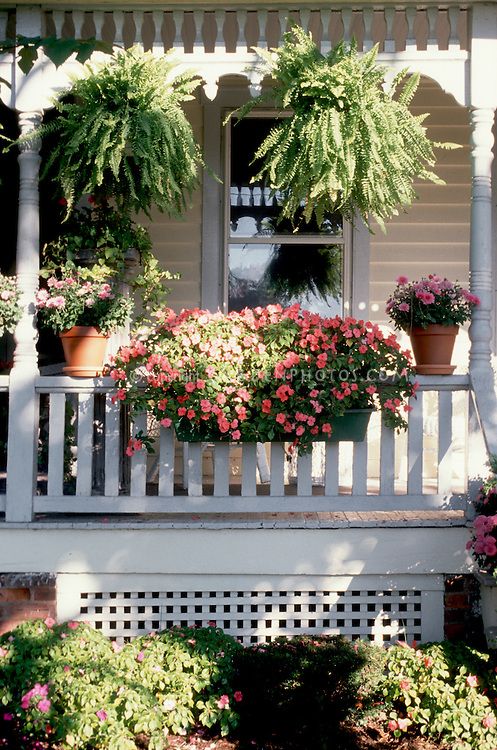 Annual flowers fill voids while perennials have not yet grown enough. Spring bulbs are a lifesaver, they fill the flower garden with colors at a time when the garden is just waking up, but you need to immediately think about how to cover them after they fade.
Annual flowers fill voids while perennials have not yet grown enough. Spring bulbs are a lifesaver, they fill the flower garden with colors at a time when the garden is just waking up, but you need to immediately think about how to cover them after they fade.
If you have already decided what color scheme you want to see your flower garden in, we suggest choosing which flowers to plant in the front garden.
White monochrome
White flowers against a green background look elegant. A monochrome flower garden is suitable for a front garden located in partial shade; in the sun, white flowers fade quickly, and their flowering time is reduced.
As an accent, you can plant a short pyramidal thuja. Dören White 'Elegantissima' will add nobility with its variegated white-green foliage. For a rustic front garden, a mock orange or lilac with white flowers, for example, grade 9, is suitable0444 "Monument", "Madame Lemoine" .
In partial shade, petiolate hydrangea will climb along the support, but it must be borne in mind that this vine grows extremely slowly in the first 2-3 years.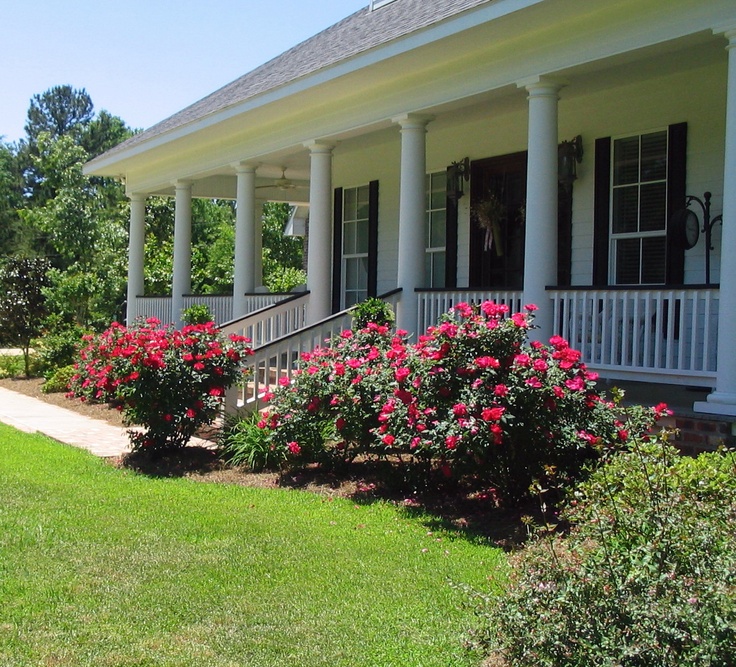
Clematis stinging
Clematis burning small-flowered at the height of summer turns into a snow-white airy cloud. Species clematis do not need shelter, as they bloom on the shoots of the current year. But if you are ready to annually remove the vine from the support and cover it for the winter, then you can plant large-flowered clematis with snow-white flowers, for example, Snow Queen, Arctic Queen, Joan of Arc .
Spiraea gray varieties "Grefsheim" , "Graciosa", "Arguta" will create a flowering fountain in early summer. At the same time, viburnum buldenezh is hung with white balls of flowers; it can be formed on a trunk in the form of a small tree.
Hydrangea paniculata will bloom from mid-summer to autumn, gradually changing the color of lush inflorescences from white-green to dazzling white. For a large front garden, there is no better variety than "Grandiflora" , for a small flower garden "Bobo" is more suitable.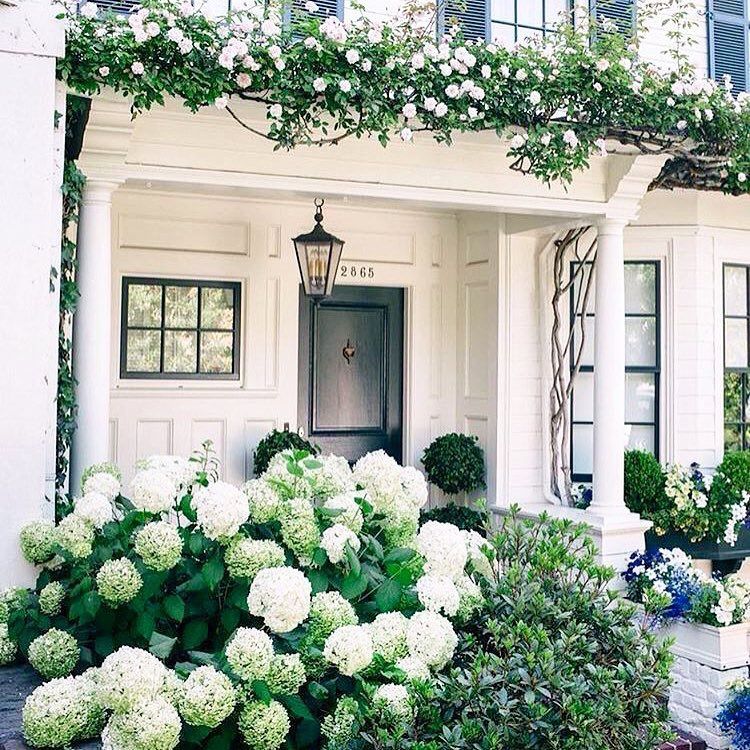
Hydrangea Bobo
In early spring, snowdrops, lilies of the valley, white pushkinia and chionodoxa will appear from under the snow. Fragrant hyacinths "Snow Crystal" , "Top White" , snow-white tulips and daffodils will pick up the wave of spring flowering. So that after the end of their flowering there are no empty places, it is better to plant them in small groups next to the hosts or peonies that bloom in May-June. If you do not have the desire to dig up and replant bulbs every year, it is better to abandon tulips and hyacinths in favor of daffodils, they can grow for many years without a transplant.
At the beginning of summer, magnificent candles of snow-white delphinium "Galahad" bloom, in the middle of summer a wave of flowering will be picked up by large-flowered leucanthemum, fluffy panicles of white astilbe will bloom. In a shady front garden, you can plant horse chestnut-leaved Rogersia, it is much higher than astilba, their inflorescences are very similar.
Nivyanik hybrid Victorian Secret
Cold blue
Creating a flower garden in blue and blue is not so easy. Only a few plants have blue flowers. Blue conifers will help add "cold": prickly spruce "Glauka Globoza" or rocky juniper "Blue Arrow" .
Prickly spruce Fat Albert
Loch silvery creates a bright spot in the front garden throughout the season.
The flowering season will be opened by muscari and blue hyacinths. Iridodictiums are still not very common in our country, these are spring-flowering bulbs, very similar to small blue irises.
sky blue forget-me-nots will bloom in May . They reproduce well by self-sowing, so they are annually updated on their own. It is even better to plant a brunner, or forget-me-not. It blooms in early spring with the same touching blue flowers, but has an additional plus in the form of large leaves. There are varieties with variegated color, such as "Silver Hart", "Variegata" .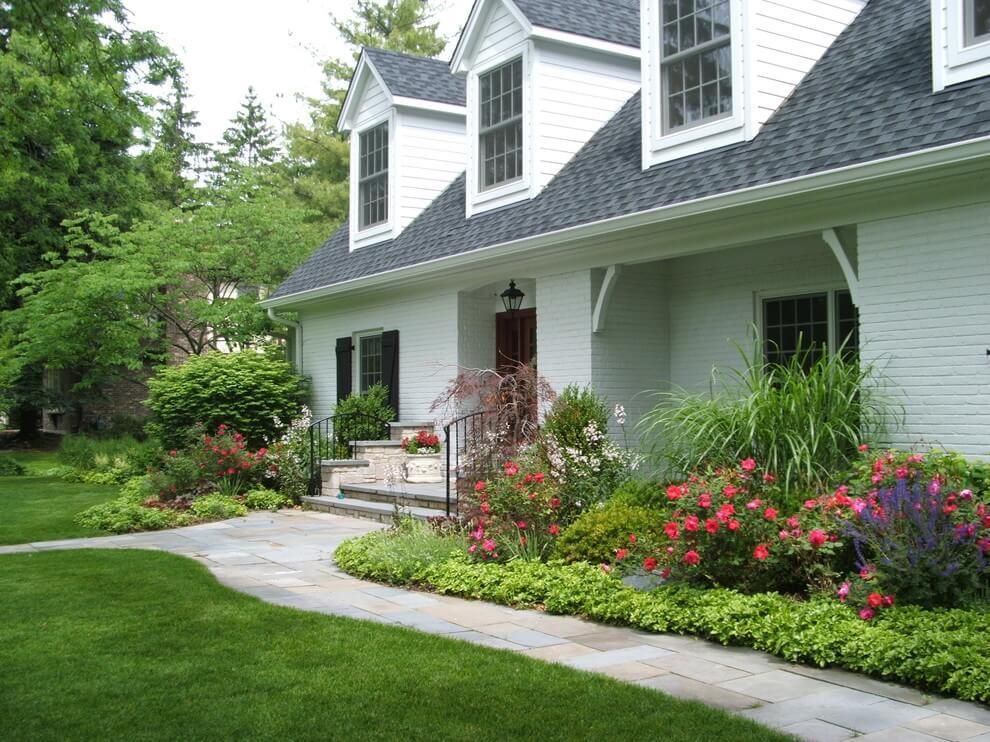
Delphinium cultural King Arthur
Most varieties of delphinium bloom in blue and blue-violet colors, for example, "King Arthur" . Delphiniums create a magnificent background, during the flowering period they are huge "candles" up to 2 m in height. But keep in mind that after flowering, the flower stalks will have to be cut off, and an empty space will form. Therefore, the emphasis should move to some other plant.
Muscari
In the middle part of the flower garden, you can plant several groups of blue veronica, catnip, clary sage. Their spiky inflorescences perfectly emphasize the beauty of roses. Classic glasses of snow-white hybrid tea roses or terry ground cover roses, catnip and delphinium are classics of European flower gardens.
Bluebells, cornflowers, lupins , blue flax are suitable for a rustic front garden - they bloom tirelessly throughout the summer. Siberian iris flowers are deep blue, this is a real "royal blue", after flowering, the xiphoid iris leaves create a wonderful background for other flowers.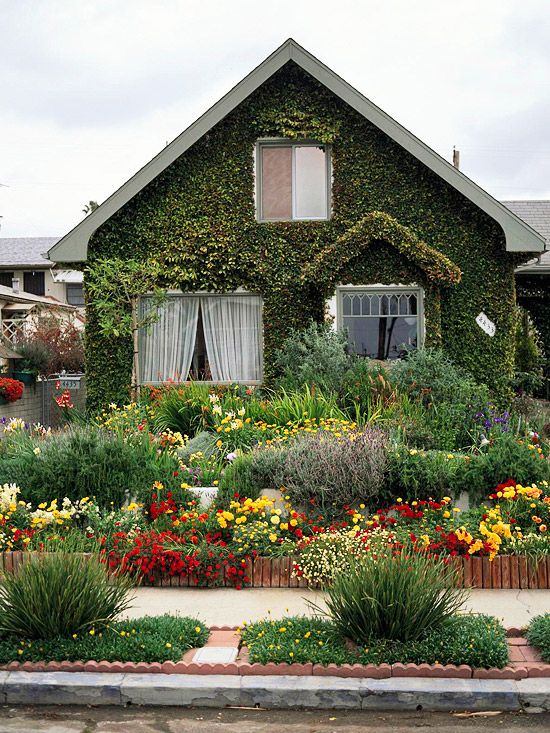 Rounded bushes aquilegia and garden geranium remain decorative even after the end of flowering thanks to the beautiful foliage and the ideal shape of the bush.
Rounded bushes aquilegia and garden geranium remain decorative even after the end of flowering thanks to the beautiful foliage and the ideal shape of the bush.
In the foreground, tradescantia garden with blue-violet flowers looks good. Its xiphoid leaves form lush curtains, tradescantia blooms tirelessly throughout the summer. Stakhis woolly with shaggy silvery leaves will add coolness to a flower garden in blue tones.
As a ground cover, it is good to plant nemophila or nemesia , but they will have to be grown annually through seedlings. But the charming Damascus nigella with openwork foliage propagates by self-sowing. In the shade on the ground, you can put a periwinkle with delicate blue flowers or a creeping tenacious. The hoof will fill all the free space with its rounded leaves.
Pastels
Creating a flower garden in pastel colors is the easiest. A huge variety of ornamental shrubs and perennial flowers have pink, lilac, lilac or purple inflorescences.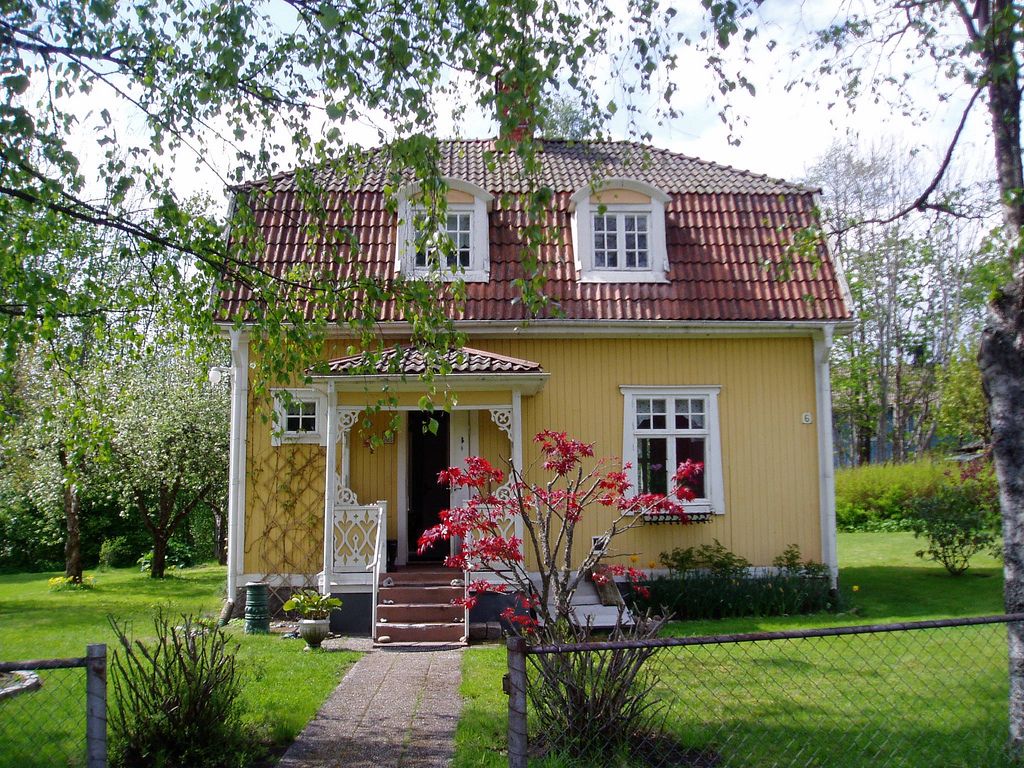
Purple crocuses, soft pink tulips, double white daffodils, large lilac balls of ornamental onions - their flowering will alternate. Of the bulbs listed, only tulips need annual digging.
Hydrangea paniculata Vanilla Fraze
In partial shade, paniculate hydrangea with pink flowers can be planted, for example, "Vanilla Fraze" or "Medical Vesuvio" . Astilbe grows remarkably in diffused light. You can choose varieties with different flowering periods and different colors of panicles from pale pink to purple.
Hydrangea arborescens Medikal Pinkerbell
In a shady front garden, it is good to plant a dicenter. Her graceful peduncles with touching "hearts" of flowers sway charmingly in the wind. It is important to remember that the most beautiful of all species, the dicentra is magnificent, in the middle of summer it goes dormant, the leaves completely dry out and disappear.
If you want the flower garden not to be empty, it is better to plant low-growing species: an exceptional dicenter and a beautiful dicenter (formosa).
In the sun, you can plant English roses with densely double flowers in pastel shades. Peonies are perfect for a romantic garden, they go well with ground cover roses. Every year, peonies will bloom more and more magnificently with minimal care. Digitalis and Bluebells are combined with blooming roses and peonies.
Carpathian bell
It is impossible to imagine a romantic flower garden without phlox caps and night violet scent, matthiola . A few bushes of monarda, lofant, lemon balm will add refreshing notes. At the end of summer, asters will bloom if grown through seedlings. Annuals Clarkia and Godetia can be sown directly into the ground. If the area of the flower bed allows, you can sow lavatera , it forms large bushes that bloom all summer with pink or white flowers.
On the support, you can put large-flowered clematis paired with climbing roses. And if you need to create a dense green curtain - there is no better plant than Ipomoea , this annual vine grows at a tremendous speed.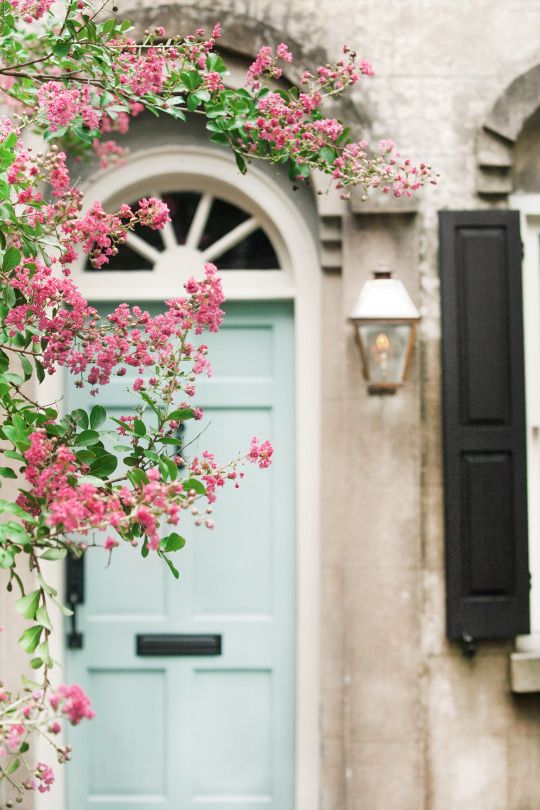 Its purple flowers bloom daily. It is grown by direct sowing in the ground and germinates by self-seeding.
Its purple flowers bloom daily. It is grown by direct sowing in the ground and germinates by self-seeding.
Bright flower garden
The front garden in bright cheerful colors will cheer you up and will not let you get bored. It is not difficult to create it, the main thing is not to overdo it with the diversity of colors.
tulips
Any spring bulbs are suitable for this flower garden. The season will be opened by undersized tulips Kaufman and Greig . They will be followed by large glasses of Darwin hybrids and tulips Triumph . Parrot, lily-colored, terry - choose to your taste. In the background, plant bright grouse. Multi-colored ear primroses will bloom for a very long time if you can provide them with regular watering.
Roses
Bright roses with orange, yellow, scarlet flowers will perfectly fit into our life-affirming flower garden.
If you do not want to cover roses every year, plant a few cinquefoil bushes with yellow or orange flowers.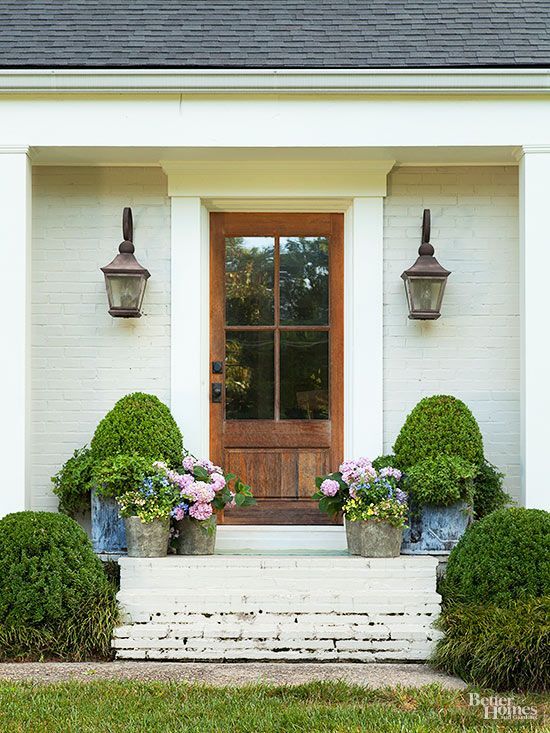 This shrub is absolutely unpretentious, frost-resistant and blooms without interruption until frost.
This shrub is absolutely unpretentious, frost-resistant and blooms without interruption until frost.
Double stem roses create the backdrop for a rustic flower garden. And if you want something more impressive - plant dahlias. Do not forget to tie them up in time so that these giants are not broken by a gust of wind. Annual dahlias are ideal for a bright flower garden, they are unpretentious and bloom all summer, and this is not only "Merry Fellows" , there are many modern varieties, they are grown through seedlings.
Gladiolus
Lovers of bright colors cannot do without gladioli. By selecting varieties with different flowering periods, you can enjoy their beauty for 2 months. Like dahlia tubers, gladiolus bulbs need to be dug up annually.
Marigold Taishan
Two familiar annuals: zinnias and marigolds are not as simple as they might seem. Breeders worked on them and brought out amazing hybrids of undersized large-flowered marigolds "Taishan" , at a height of 25-30 cm, diameter of inflorescences 10-12 cm.